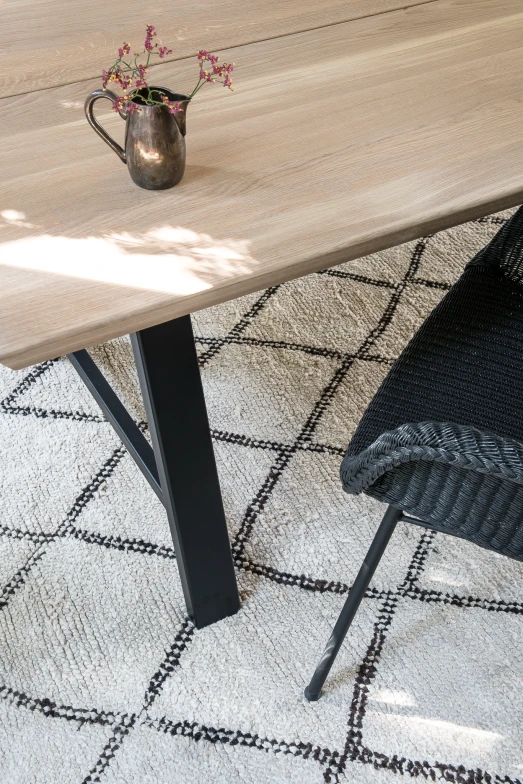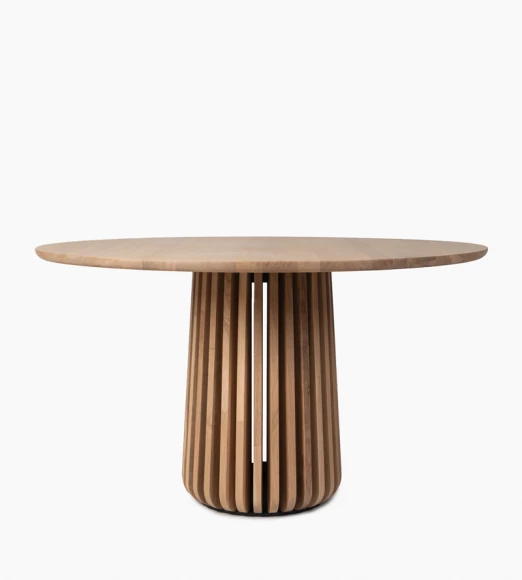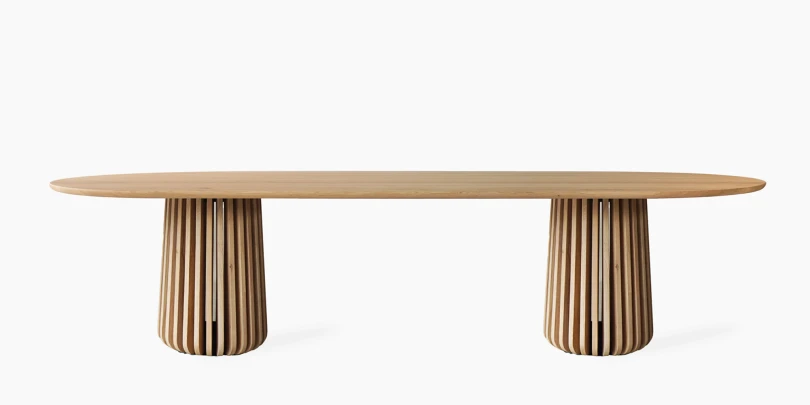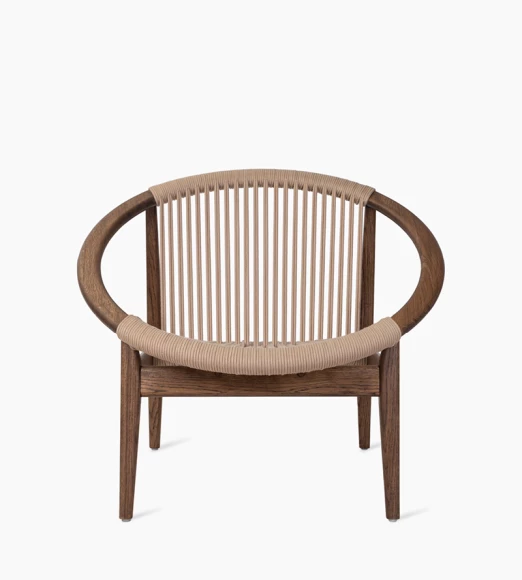
Oak
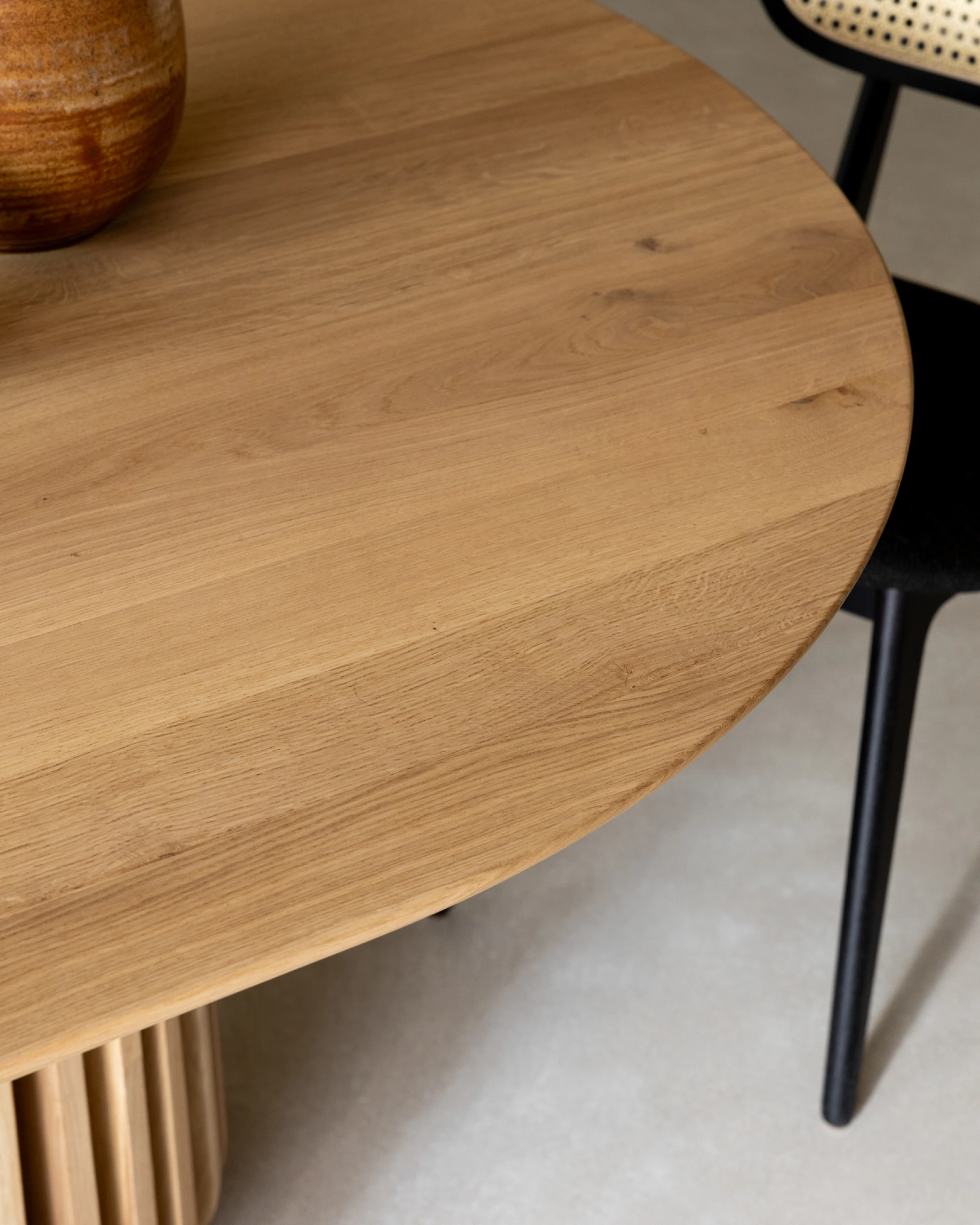
Oak: a living material
It is essential to realise that oak wood is a natural material with its own characteristics.
Variations in wood grain, colour, knots and other naturally occurring characteristics are inherent to solid wood. We believe that these imperfections will only contribute to the charm of your table. As oak is a natural product, it will react to influences from its environment.
We want you to know this: it is perfectly possible and perfectly normal that your table changes over time. Because oak is a living product, you should however take in mind some precautions to ensure it will last as long as it is meant to do.
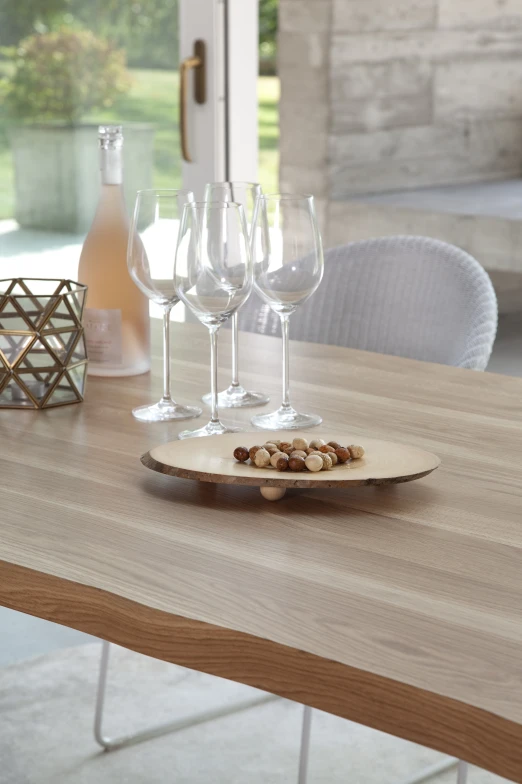
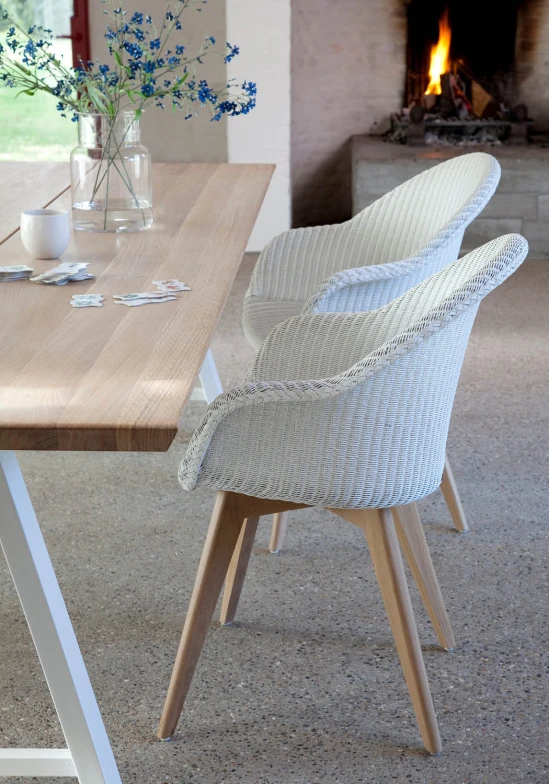
Characteristics oak
Oak is a beautiful and strong type of wood with a lovely natural grain. However, as most wood types, oak absorbs and releases humidity throughout the years. Constant changes in temperature and humidity create internal tension and can cause wood to start moving. This can, among other things, bend the wood or lead to cracks.
Ideally, the humidity in the room should be between 40 and 60%. We would also strongly suggest avoiding exposure to extreme temperatures or temperature fluctuations. Using placemats to prevent hot pots, pans and cold glasses or bottles from leaving marks on the furniture is an excellent idea.
Like any natural material, the colour of oak wood will change slightly over time. Exposure to direct sunlight can fasten this process. To prevent colour differences, it’s suggested to move objects placed on the furniture from time to time.
How to maintain your varnished oak table
Our oak tables are finished with a water-based lacquer for the protection of the wood and has a good chemical and mechanical resistance.
Regular cleaning with a mild solution of water and natural soap will do the trick!
Please do not sand varnished furniture, as this will damage the protective layer and will thus affect the water and dirt resistance of your furniture.


Stained oak furniture
Our stained oak furniture has a pigmented oil finish which forms a natural coating, repelling most common substances and fluids. Nevertheless, it’s no foolproof guarantee against stains. We recommend removing any spilling immediately to prevent staining.
For daily care
Use a moist towel or sponge with a mild solution of water and natural soap. Make sure your towel or sponge is not too wet!
For a quick facelift
When the wood starts to feel dry or is stained, we recommend using an oil or liquid wax cleaner for periodic maintenance of wooden floors. Do not use this product daily. Oil and liquid wax cleaner are no guarantee against stains, but they often do the trick and it surely doesn’t hurt to try!
For stubborn stains & repairs
Through time and depending on wear, the original hardwax coating on the furniture may need to be renewed. Make sure the surface is clean and dry. Then sand the furniture using extra fine sand paper (minimum 320 grit) and work in the direction of the wood grain. Next, apply a new hardwax oil. These products can be purchased at a flooring specialist.
Tips and tricks
Regular dusting: Use a soft microfiber cloth to gently remove dust weekly.
Clean spills and stains immediately to prevent stains and water damage.
Placement: Avoid placing oak tables in direct sunlight, near radiators, or in damp areas.
Protection: Use coasters and placemats to protect surfaces from hot dishes, liquids, and scratches.
